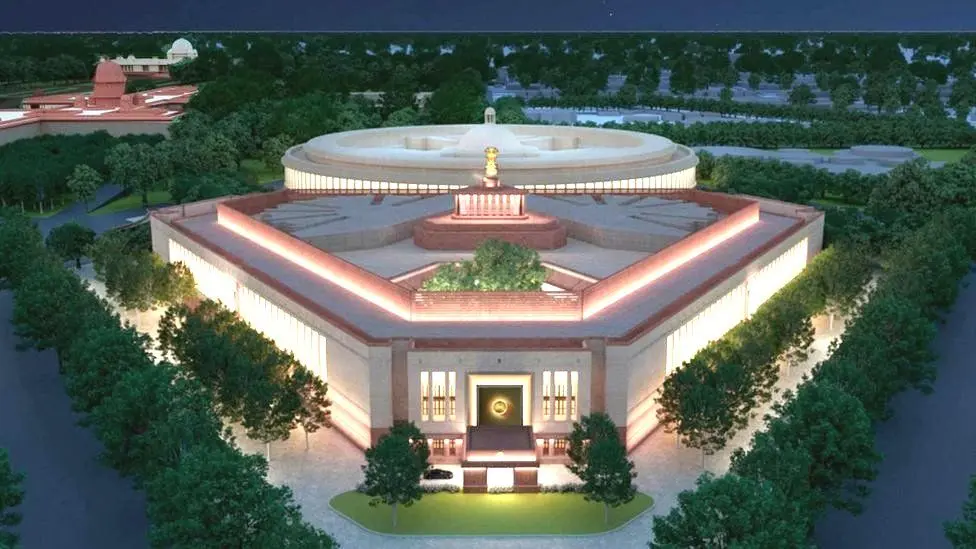In a momentous occasion set to take place tomorrow, the Parliament of India will be inaugurated, marking a significant milestone in the nation’s democratic journey. As we celebrate this historic event, let us reflect on the rich legacy of the old Parliament House, a revered temple of democracy that has witnessed the struggles and aspirations of the Indian people for nearly a century.
Constructed by the British colonial government on January 18, 1927, under the watchful eye of Lord Irwin, the old Parliament House stands as a testament to India’s fight for freedom. Its hallowed chambers have echoed with the powerful voices of revolutionaries like Bhagat Singh and Batukeshwar Dutt, who dared to challenge the shackles of colonial rule.
With its circular design and a striking colonnade adorned with creamy sandstone, the old building emerged amidst the construction of New Delhi, the new imperial capital of the British Raj. Today, it is etched in our collective memory as an architectural marvel and a symbol of the struggle for independence.
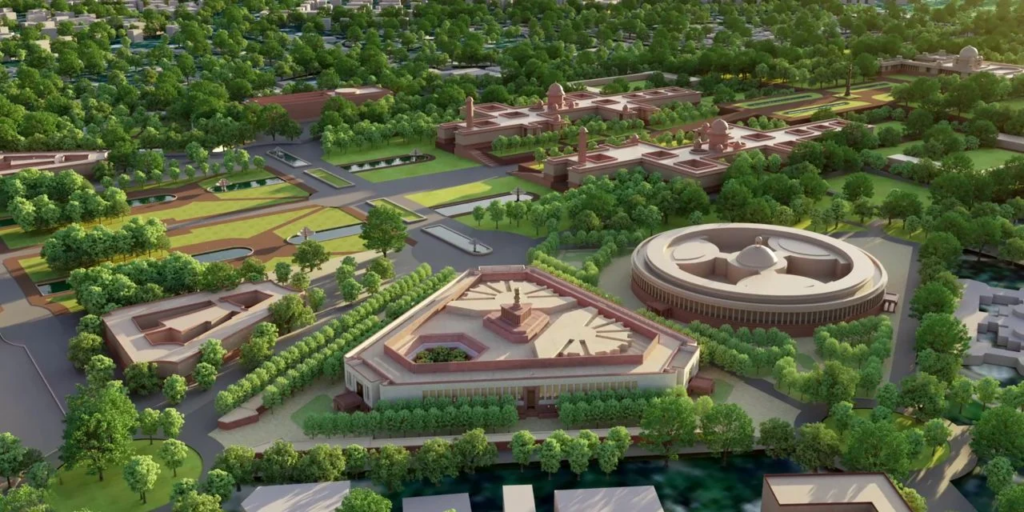
As we bid farewell to the old and embrace the new, the upcoming Parliament building captivates with its visionary triangular shape. Representing the progress of the nation and the aspirations of its 1.35 billion citizens, the new complex stands as an emblem of India’s determination to forge ahead.
Let us explore some of the key features that define the new Parliament building:
- Expanded Legislative Chambers: The new complex boasts larger legislative chambers, with the Lok Sabha inspired by India’s national bird, the peacock, and the Rajya Sabha reflecting the lotus, the national flower. The Lok Sabha will accommodate an impressive 888 seats, while the Rajya Sabha will have 348 seats. Joint sessions will now witness 1,272 seats in the Lok Sabha hall.
- The Constitutional Hall: A notable addition to the new complex, the Constitutional Hall serves as the central hub, bringing citizens closer to the heart of democracy. Equipped with cutting-edge technology, the offices surrounding the Constitutional Hall epitomize modernity, efficiency, and security.
- Enhanced Committee Rooms and Library: The new complex offers larger committee rooms equipped with state-of-the-art technology to enhance efficiency. Additionally, a thoughtfully designed library will provide members with an exceptional research experience, offering access to invaluable information.
- Green Building and Cultural Heritage: Embracing sustainable development, the new complex is a platinum-rated green building, underscoring India’s commitment to environmental conservation. It will also showcase regional artworks, celebrating the country’s diverse cultural heritage.
- Promoting Inclusivity: Designed to be ‘divyang-friendly,’ the new Parliament complex prioritizes inclusivity. With a central lounge encouraging member interactions and an open courtyard featuring the national tree, the Banyan, the design fosters a sense of unity and accessibility.
As India unveils its new Parliament building, we witness a harmonious blend of architectural magnificence and democratic ideals. This iconic structure stands as a testament to India’s progress, reflecting the nation’s resolve to shape a future where the voice of every citizen resonates within its walls.
Let us also have a look at 10 most popular and praised parliamentary buildings from around the world.
- Palace of Westminster, United Kingdom: The iconic Palace of Westminster, home to the British Parliament, is a UNESCO World Heritage site and a masterpiece of Gothic architecture. Its famous Big Ben clock tower has become an enduring symbol of British democracy.
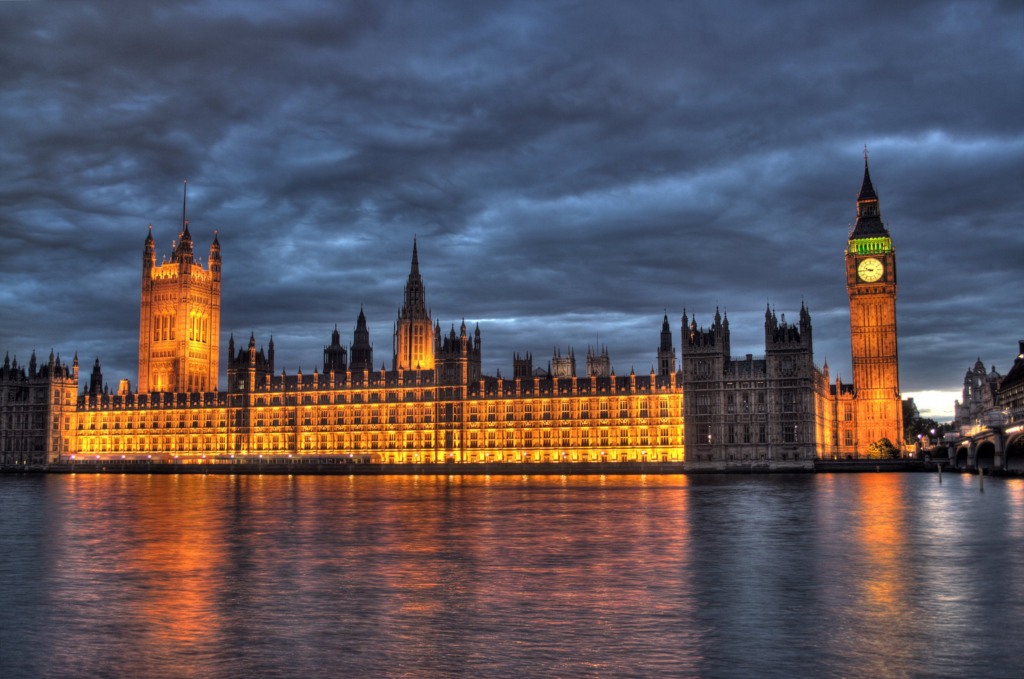
- United States Capitol, United States: Located in Washington, D.C., the United States Capitol houses the U.S. Congress. Its neoclassical design and iconic dome make it a prominent symbol of American democracy.
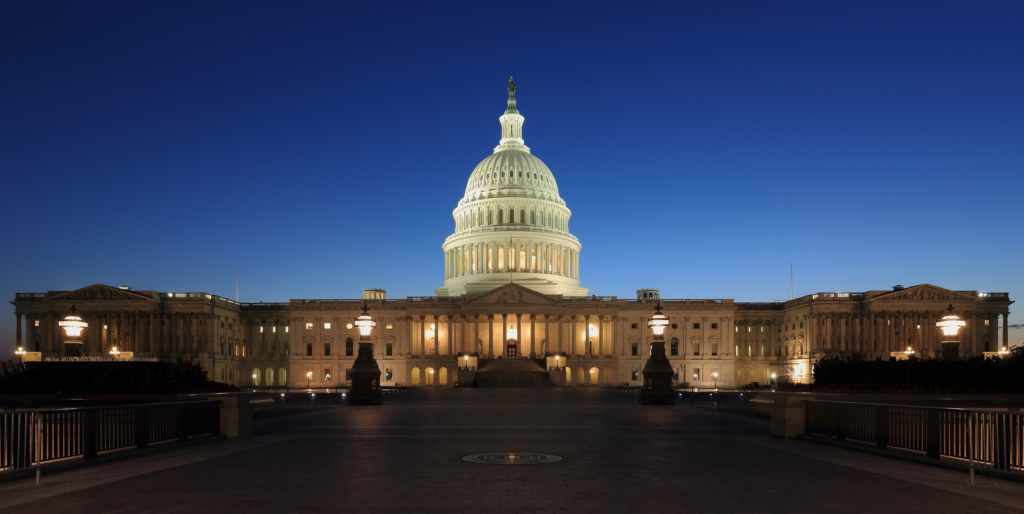
- Reichstag Building, Germany: Situated in Berlin, the Reichstag Building serves as the meeting place for the German Bundestag. Renowned for its glass dome, visitors can enjoy panoramic views of the city while witnessing the legislative process.

- Parliament of Canada, Canada: The Parliament of Canada, located in Ottawa, is renowned for its stunning Gothic Revival architecture. The iconic Peace Tower stands tall, while the House of Commons and Senate chambers exhibit rich historical significance.

- Hungarian Parliament Building, Hungary: With its magnificent riverside location in Budapest, the Hungarian Parliament Building is an architectural gem. Its intricate Neo-Gothic style and grandeur have made it one of Europe’s most impressive parliamentary structures.

- The Parliament Building of Bucharest, Bucharest: Also known as the Palace of the Parliament, it an architectural marvel. With its massive proportions and stunning Neoclassical and Gothic Revival elements, it is the world’s heaviest building and the second-largest administrative building. Its grandeur and intricate details make it a symbol of Romania’s rich history and cultural heritage.

- Parliament of Australia, Australia: Located in Canberra, the Parliament of Australia showcases modern design influenced by the nation’s Indigenous culture. The unique building stands as a testament to Australia’s democratic principles.

- National Diet Building, Japan: The National Diet Building in Tokyo is the meeting place of Japan’s bicameral legislature. Its elegant and symmetrical design reflects a harmonious fusion of traditional Japanese and Western architectural styles.
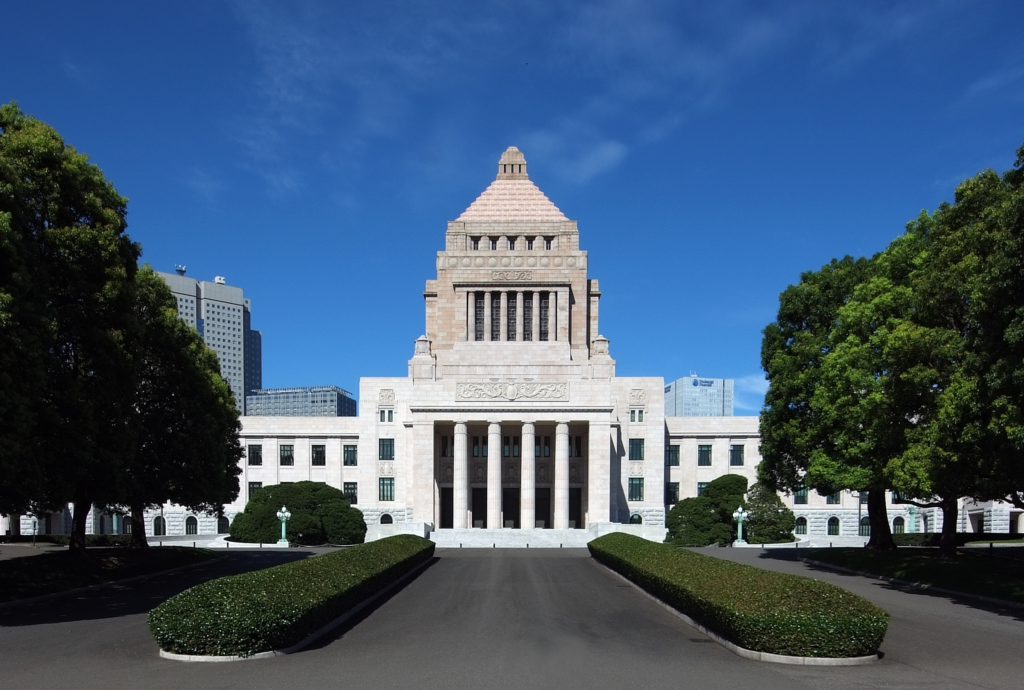
- Scottish Parliament Building, Scotland: Situated in Edinburgh, the Scottish Parliament Building embraces contemporary architecture. Its bold and dynamic design represents Scotland’s modern democratic identity.

- Parliament of South Africa, South Africa: The South African Parliament, located in Cape Town, boasts an impressive mix of neoclassical and Edwardian architectural styles. The grand Assembly and National Council of Provinces chambers are noteworthy highlights.



